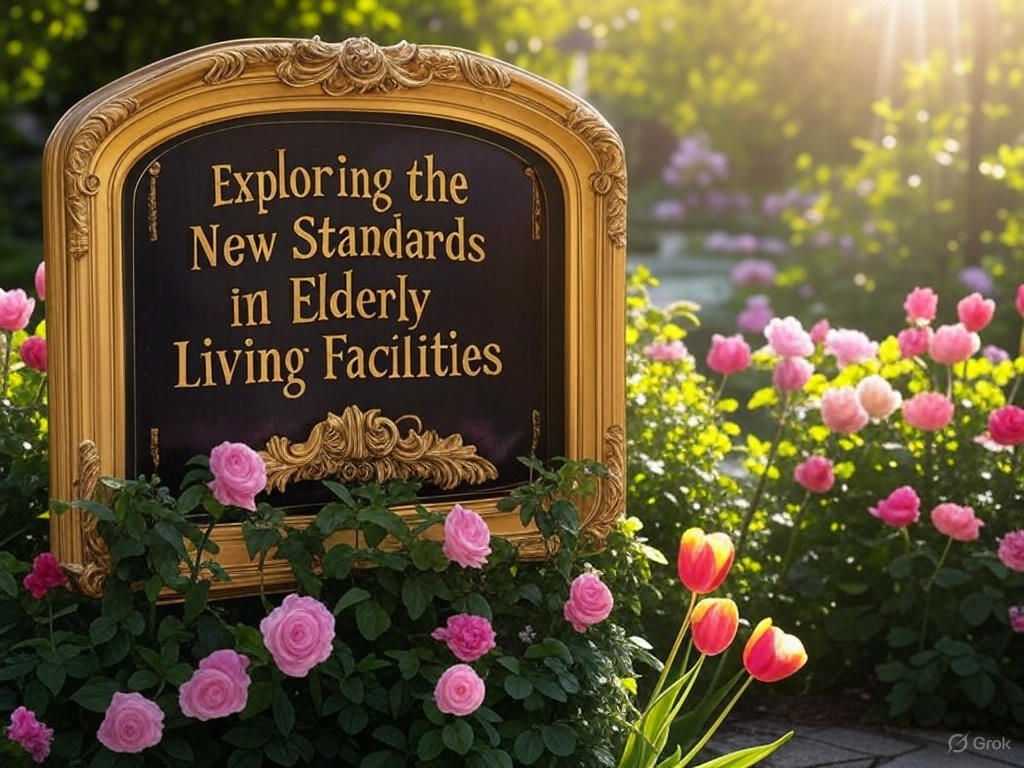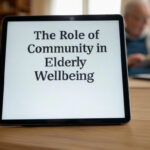As expectations around senior care evolve, elderly living facilities are undergoing a quiet revolution. Modern care homes are no longer just places where older adults receive medical support—they’re becoming dynamic environments designed to promote dignity, independence, and community.
From architectural design to technology integration and personalized care, here’s how the new standards in elderly living facilities reflect a broader cultural shift toward aging with purpose and joy.
Design That Prioritizes Comfort and Dignity
Gone are the days of sterile, hospital-like environments. Today’s elderly living facilities are embracing homely aesthetics and thoughtful layouts to create spaces that feel welcoming and safe. Wider corridors for wheelchair access, better lighting to reduce fall risks, and calm, neutral décor help reduce anxiety and confusion, particularly for residents with dementia. Outdoor spaces are also increasingly important, offering secure gardens where residents can enjoy fresh air, gentle exercise, and social interactions.
Personalized Care Plans
Modern facilities emphasize person-centered care. Instead of a one-size-fits-all approach, care teams work closely with residents and their families to develop individual care plans. These consider not just medical needs, but also preferences, hobbies, and routines. This shift allows residents to retain a sense of control and identity—crucial for emotional wellbeing.
Nutrition and dining have also seen a transformation. Residents can often choose from a range of healthy, freshly prepared meals suited to their dietary requirements, with the option to eat in communal dining areas or privately. Mealtimes become social events that encourage community building and reduce loneliness.
Integration of Technology
Technology is increasingly contributing to enhanced safety and engagement. Wearable gadgets can monitor vital signs and notify staff of potential issues before they escalate into emergencies. Motion detectors assist in tracking movements while respecting privacy. At the same time, tablets and digital communication tools enable residents to connect with family, engage in cognitive games, or join virtual group activities.
These advances are being embraced by high-quality care providers around the UK, including the care services in Andover provided by Ashborne Court, where technology meets compassion in a carefully curated living environment.
Community and Mental Wellness
Modern care homes are also placing greater emphasis on social wellbeing and mental health. Activity coordinators design daily schedules that include arts and crafts, gentle exercise classes, music therapy, and local outings. Religious services, book clubs, and intergenerational programs help residents maintain a sense of belonging and purpose. Many homes also offer support groups for families, fostering a collaborative approach to care.
Sustainability and Future Readiness
Care providers are increasingly recognizing the importance of environmental stewardship. Many are implementing measures to lessen their carbon impact, such as constructing energy-efficient facilities and sourcing meals sustainably, while enhancing residents’ quality of life. Furthermore, insights gained from recent worldwide health crises have led to improved preparedness in facilities, with stronger hygiene practices and adaptable visitation policies.
Conclusion
The new standards in elderly living facilities reflect a deeper understanding of what it means to age well. By combining innovative design, personalized care, and a focus on wellbeing, these homes are creating environments where seniors can thrive. As demand for such facilities grows, it’s heartening to see that care is evolving—not just for safety, but for quality of life.





